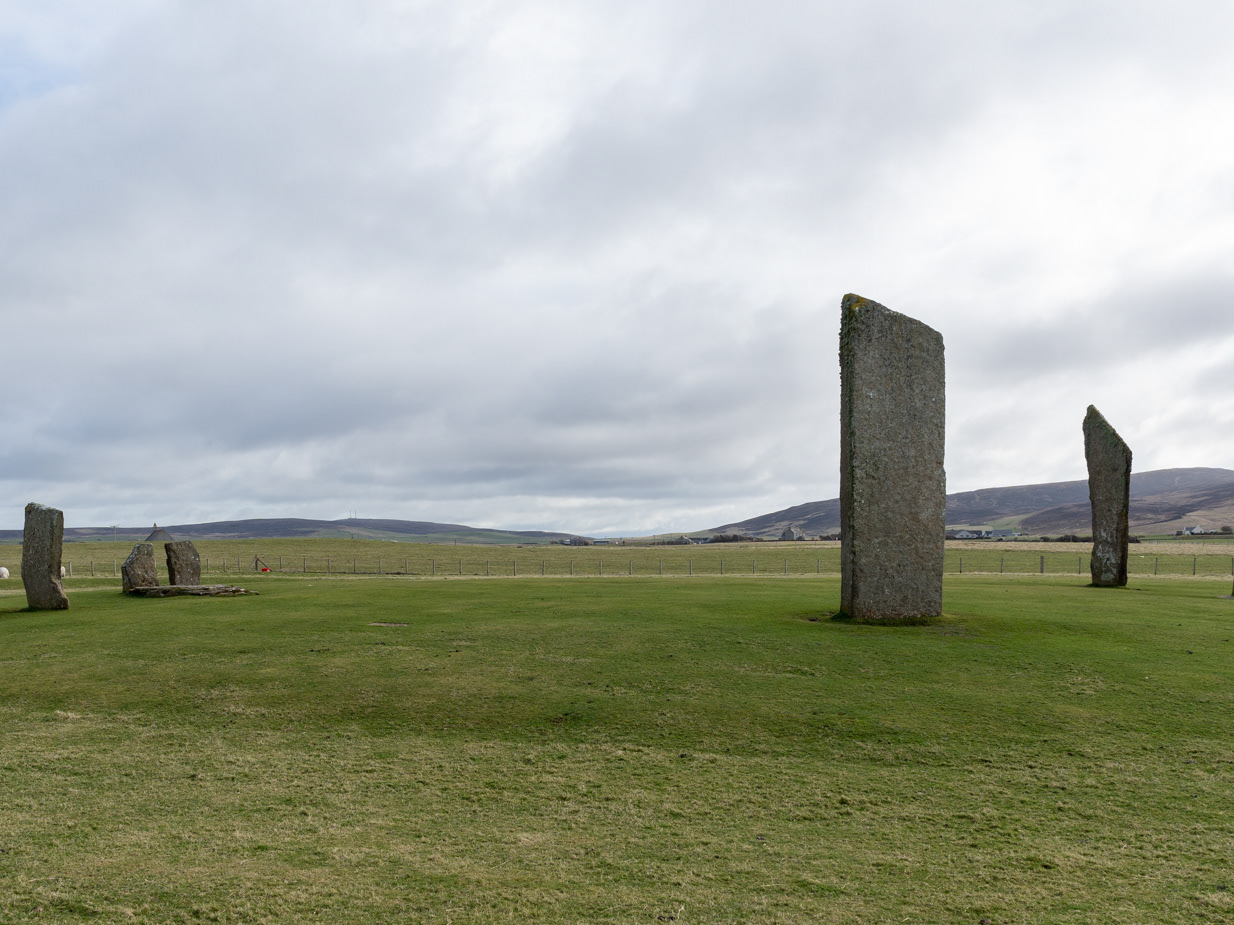The Italian Chapel, a remarkable structure built by Italian Prisoners of War (POWs) during World War II, is an often visited historic site in the Orkney Islands. Beginning in 1942, over 1,300 Italian POWs, captured in North Africa, were brought to Orkney to construct the Churchill Barriers - a series of causeways built to prevent German U-boats from being able to attack the British naval base, Scapa Flow, located in the midst of the Orkney islands. Living in a camp on the desolate island of Lamb Holm, most of the POWs were Catholic and lacked a place of worship. Led by Major T. P. Pyke and gifted artist Domenico Chiocchetti (himself a POW), the prisoners created the Italian Chapel from salvaged materials leftover from the barrier construction or otherwise acquired from their limited source of supplies.
The effort began in 1943, when two Nissen Huts were provided to the POWs for use as a church. Nissen huts were prefabricated steel structures with a half-barrel shape and a corrugated metal cladding (known as Quonset huts in the United States), which were extensively used as temporary structures during World War II, especially as barracks. Chiocchetti and other Italian craftsmen, among the POWs, ingeniously transformed these structures into the chapel that exists today.
Placed together to create a single linear structure, the exterior of the Nissen huts was disguised with concrete to make it resemble a stone church, complete with a bell tower. Inside, Chiocchetti painted exquisite trompe l'oeil frescoes, creating illusions of ornate architecture and stained-glass windows (i.e., it's all just paint). Meanwhile, a former meat tin became the baptismal font, and other salvaged metal was shaped into an intricate choir screen and other decorations. The project became a labor of love for the former soldiers and a powerful symbol of their faith and resilience. After the war (and the departure of the POWs), the chapel risked destruction, but was saved by the local Orkney community and preserved. Chiocchetti returned in 1960 and 1992 to assist with its restoration. Today, the Italian Chapel stands as a cherished landmark, representing peace, reconciliation, and the enduring power of human creativity.
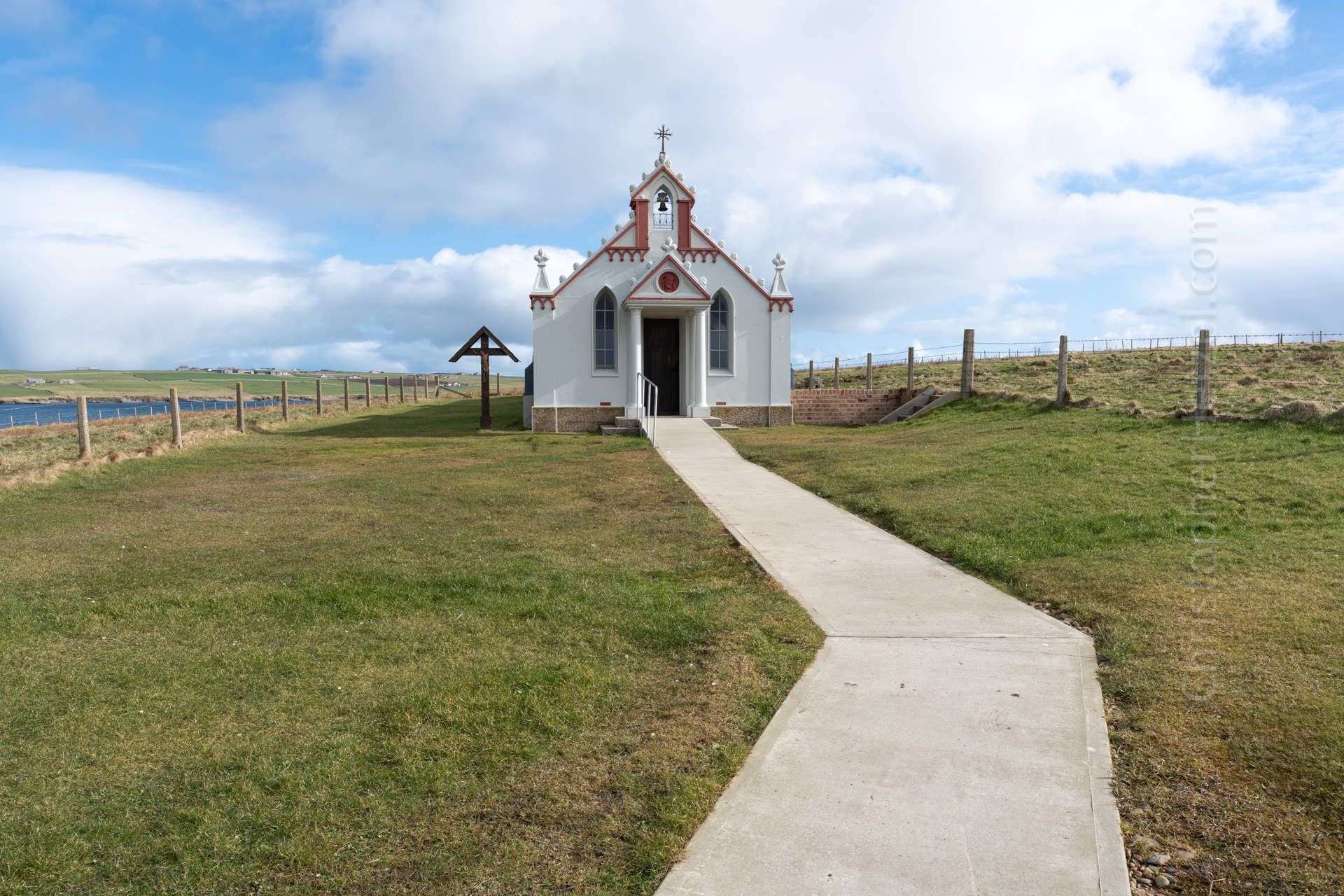
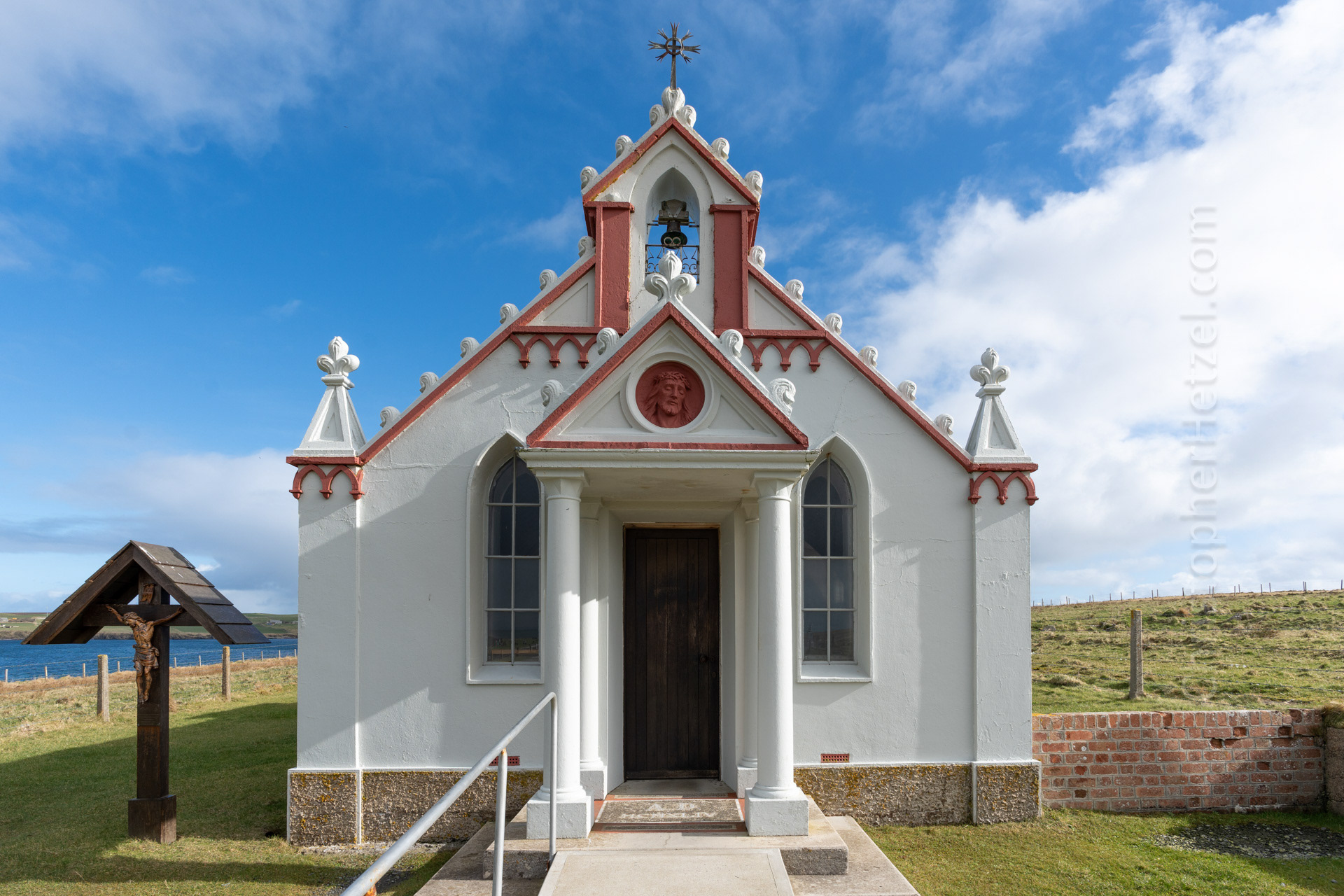
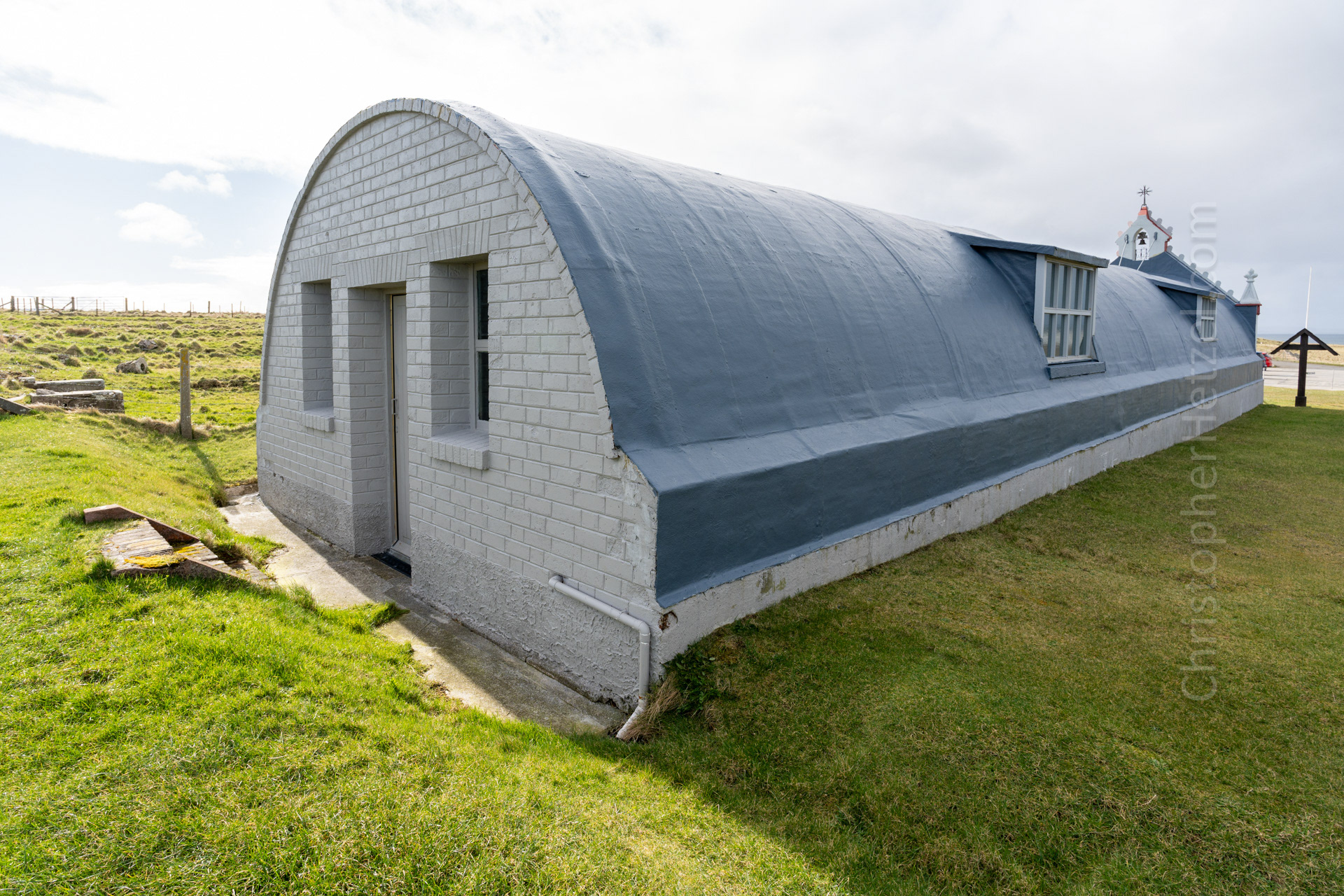
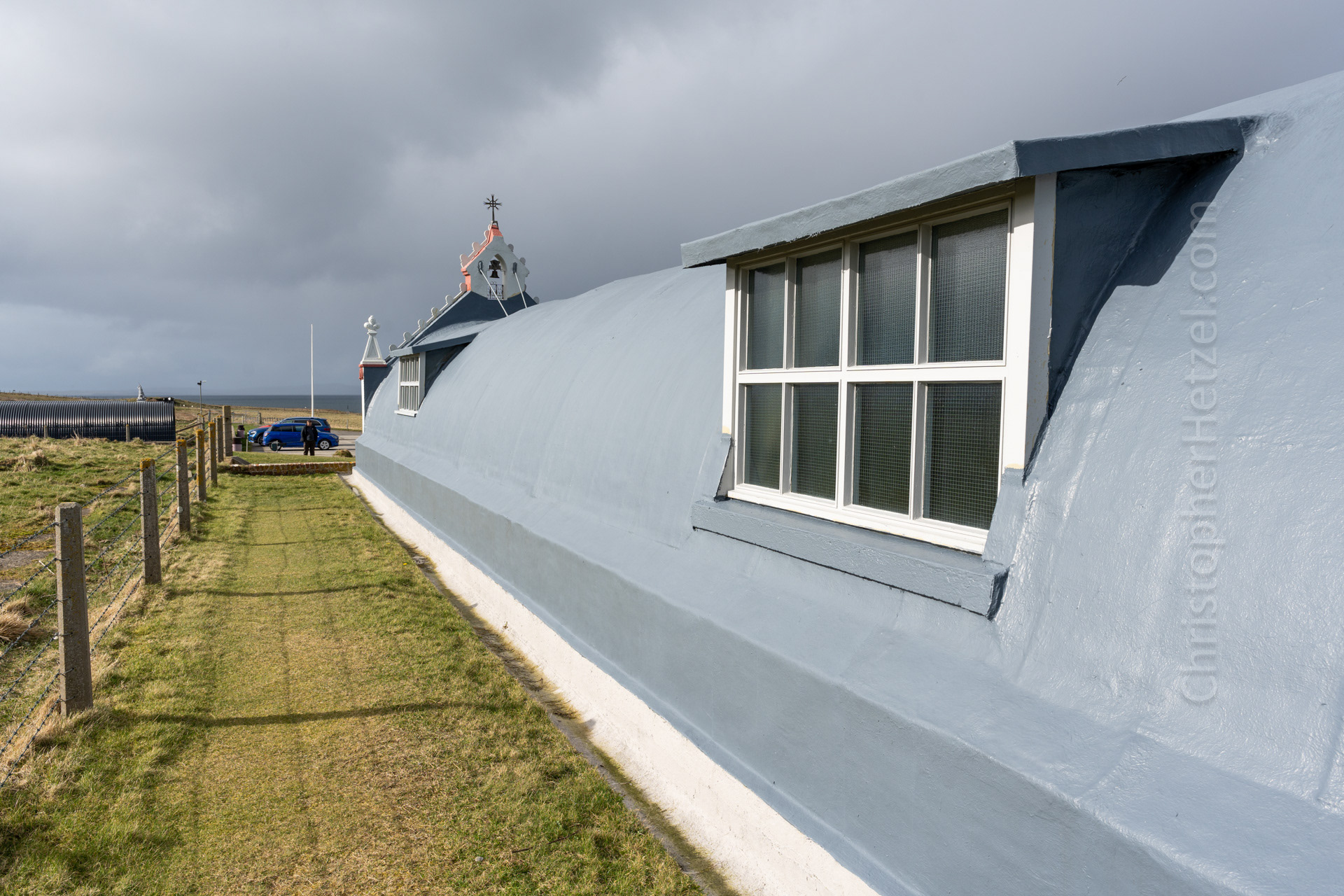
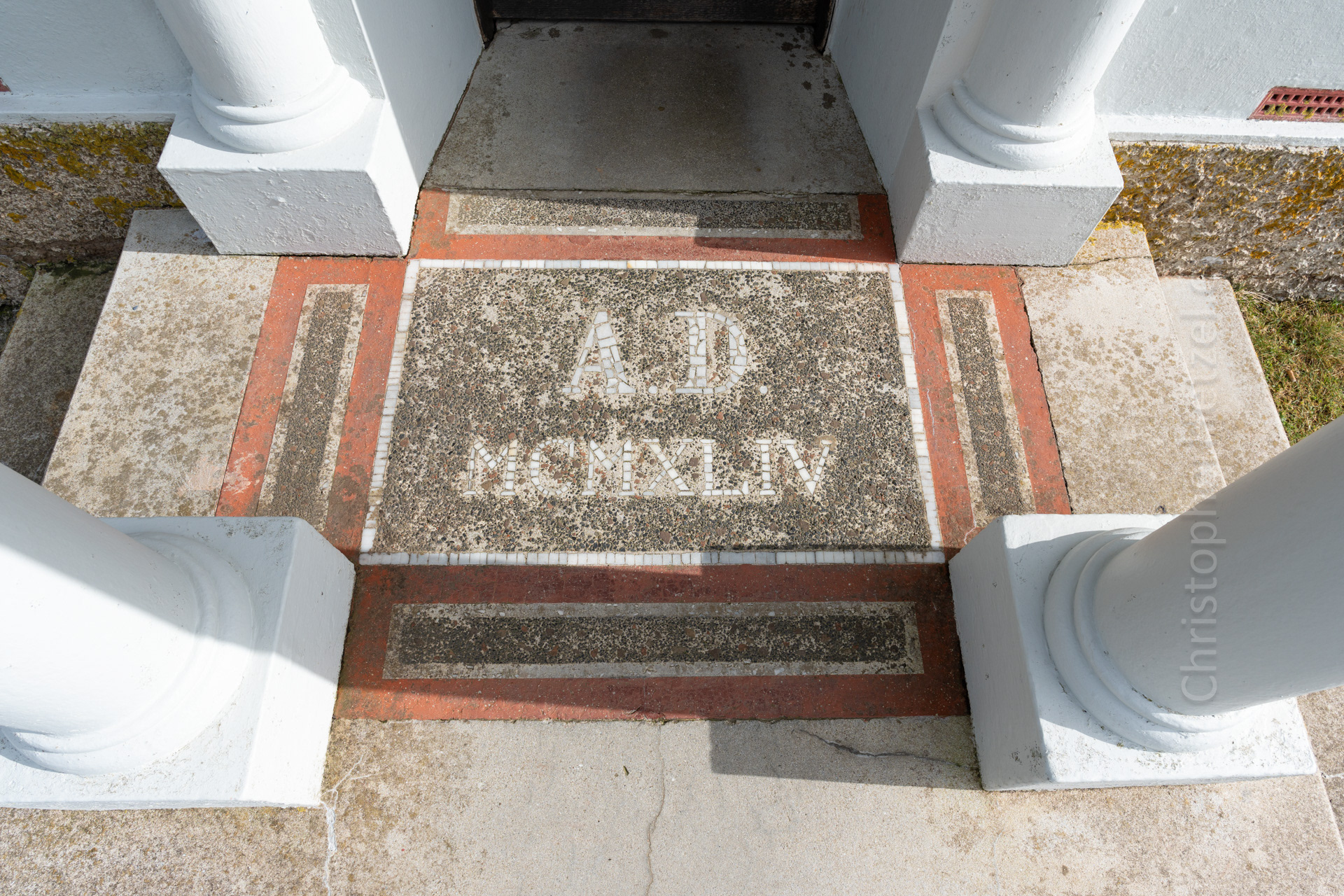
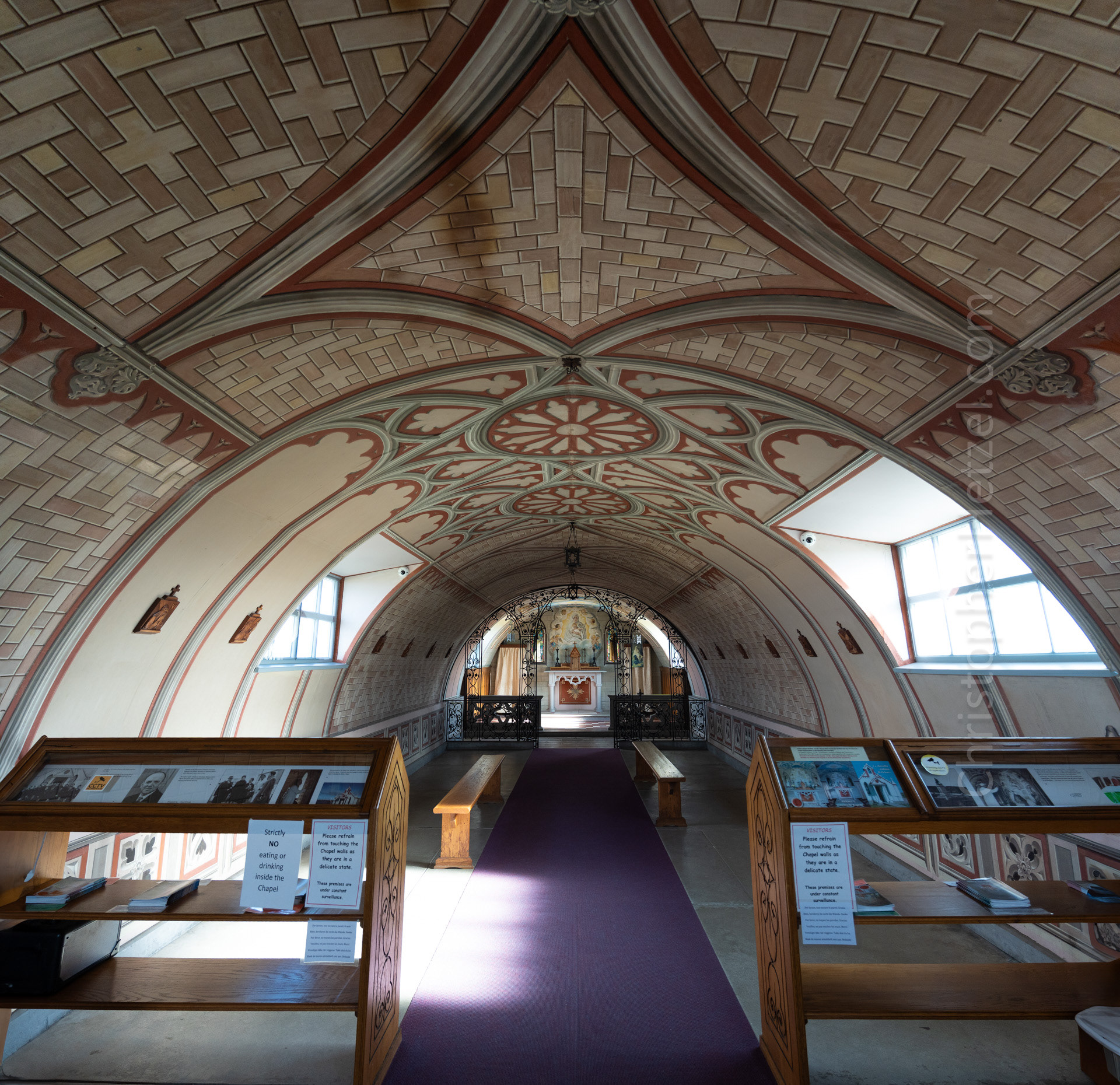
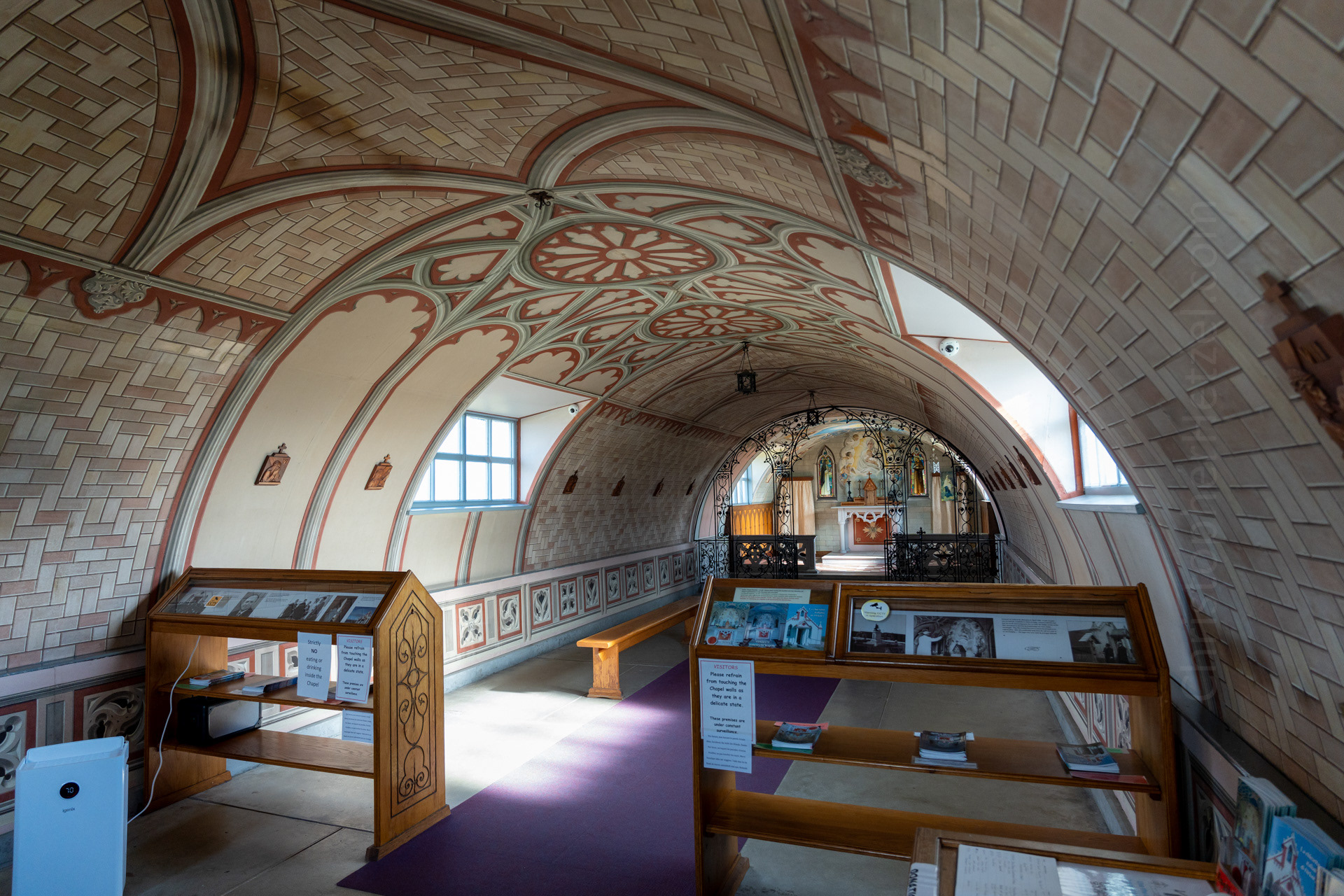
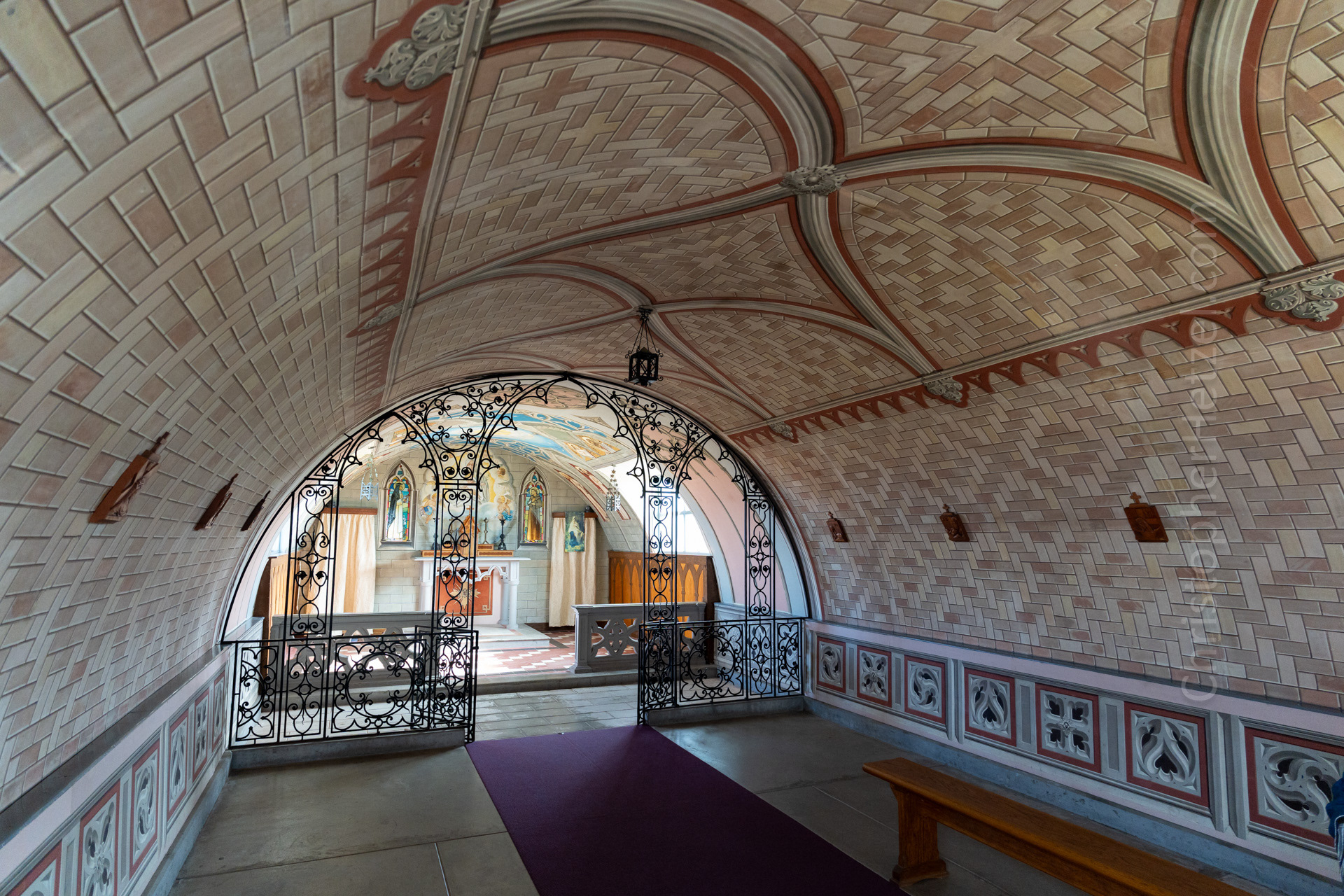
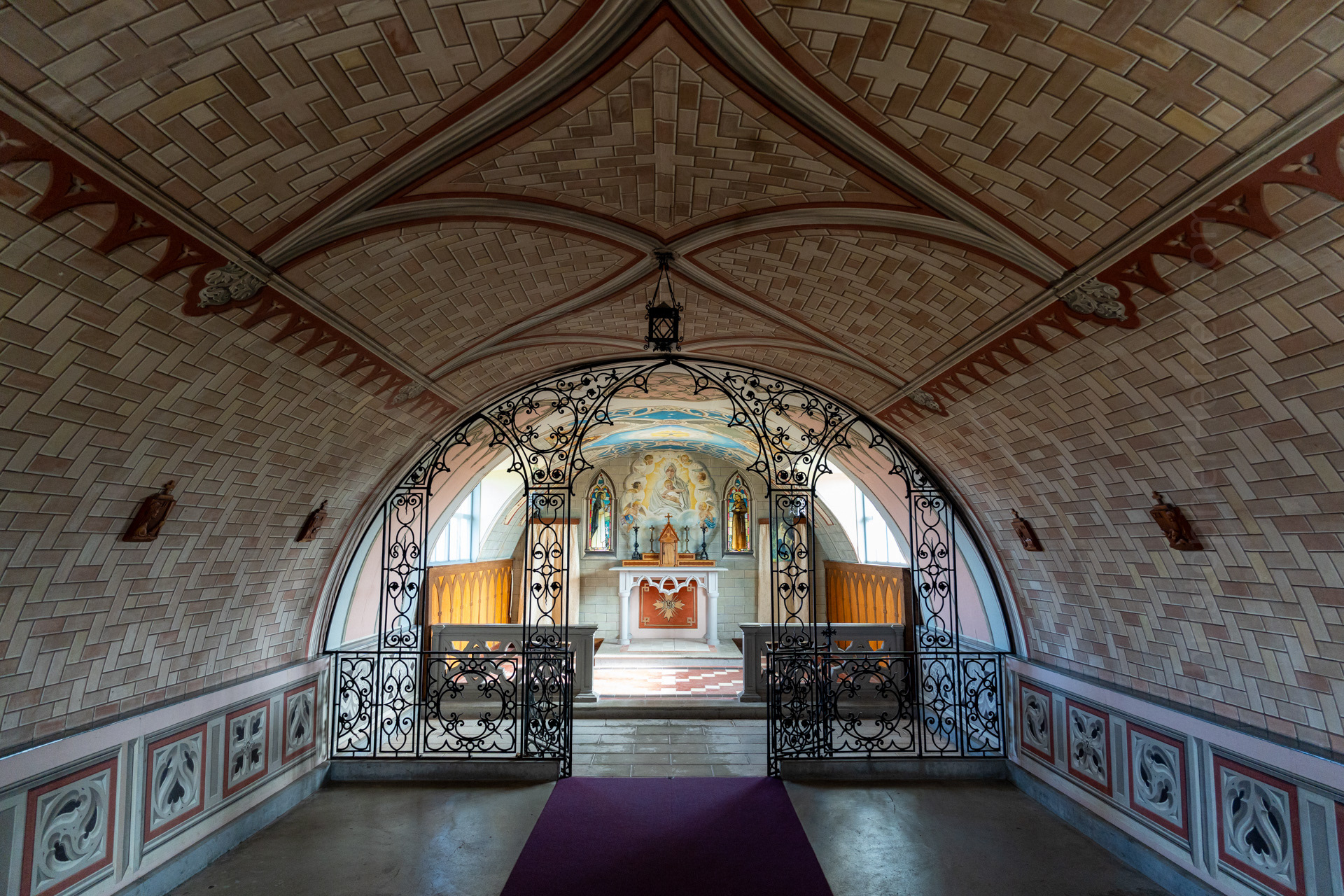

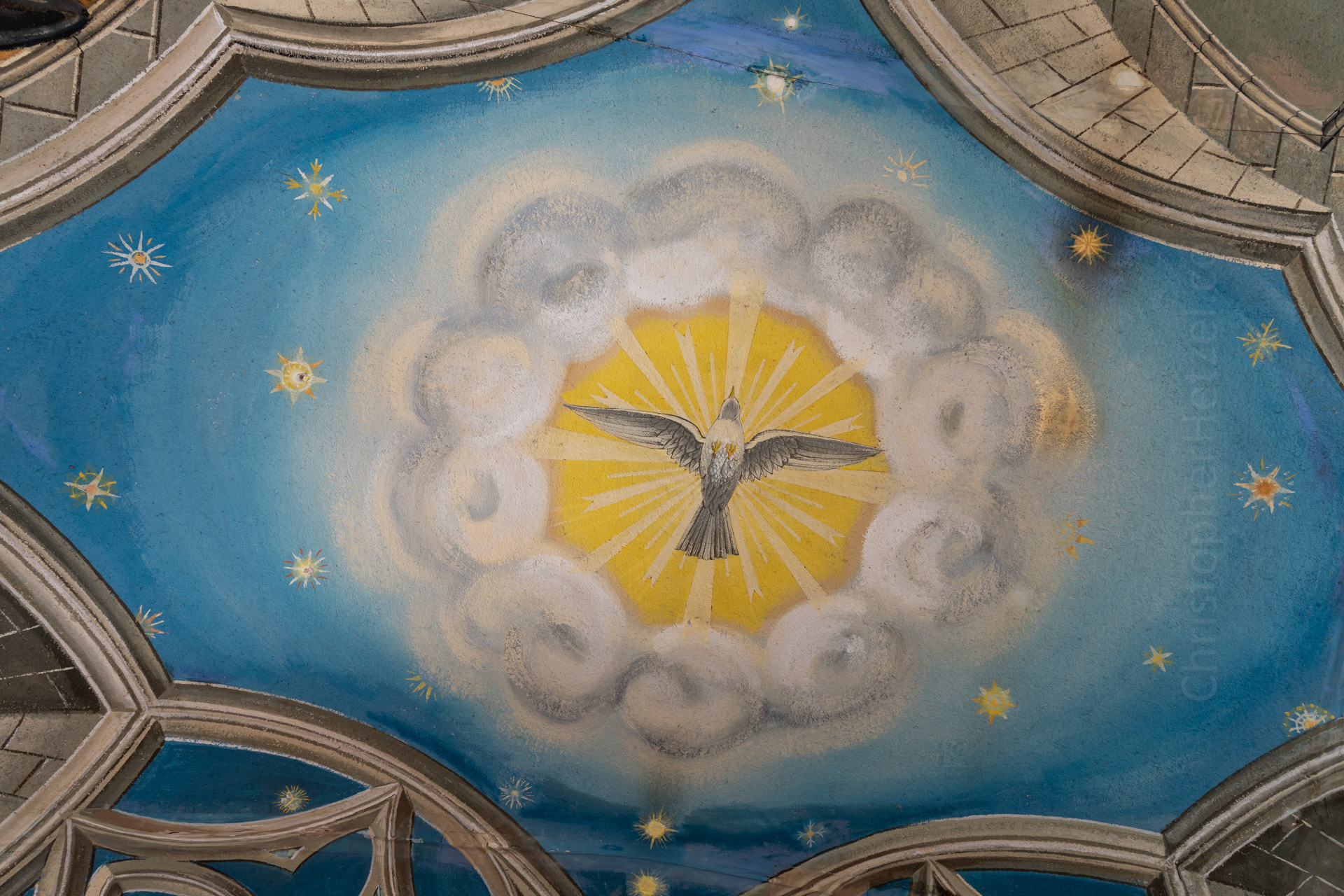
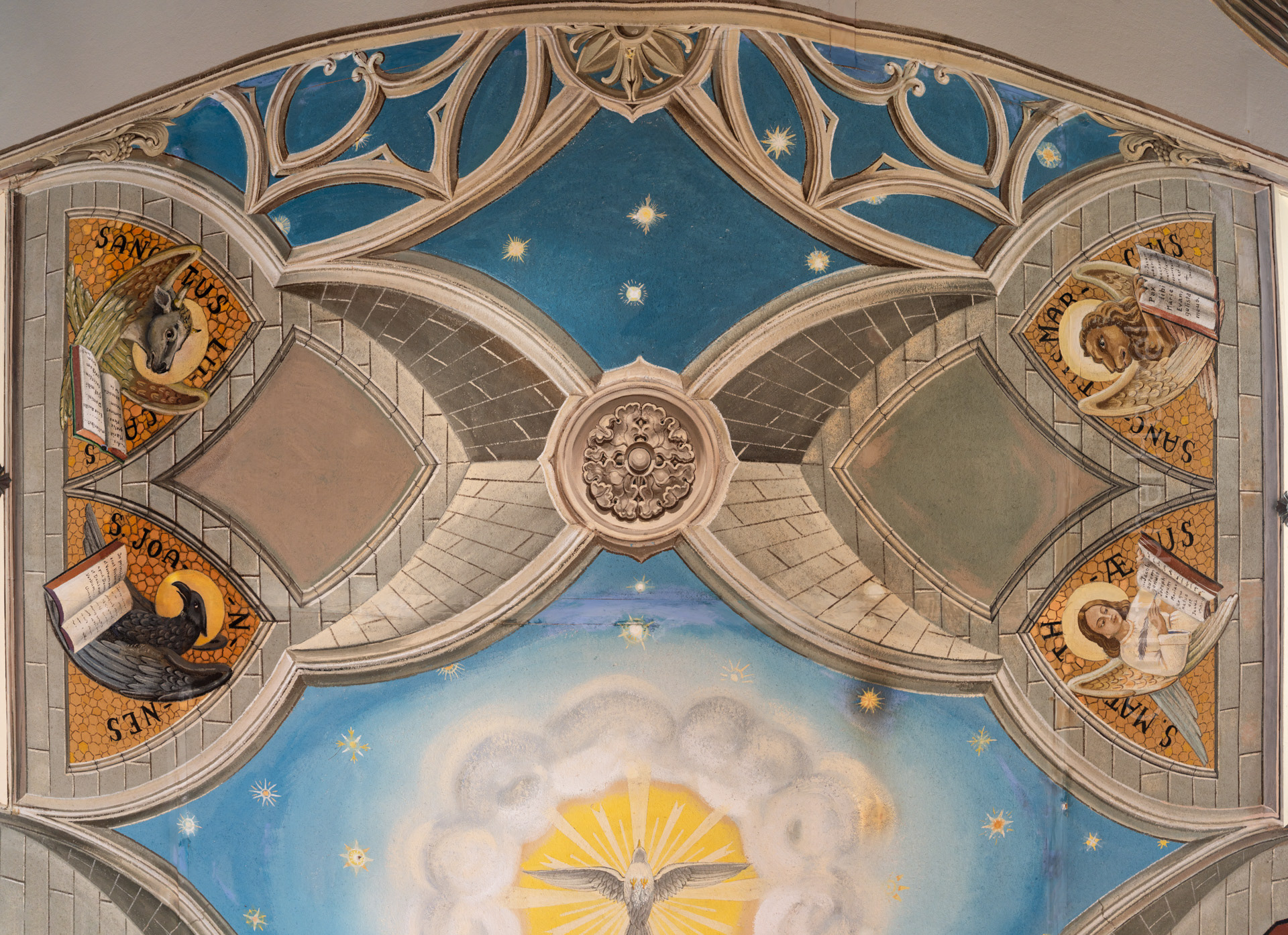

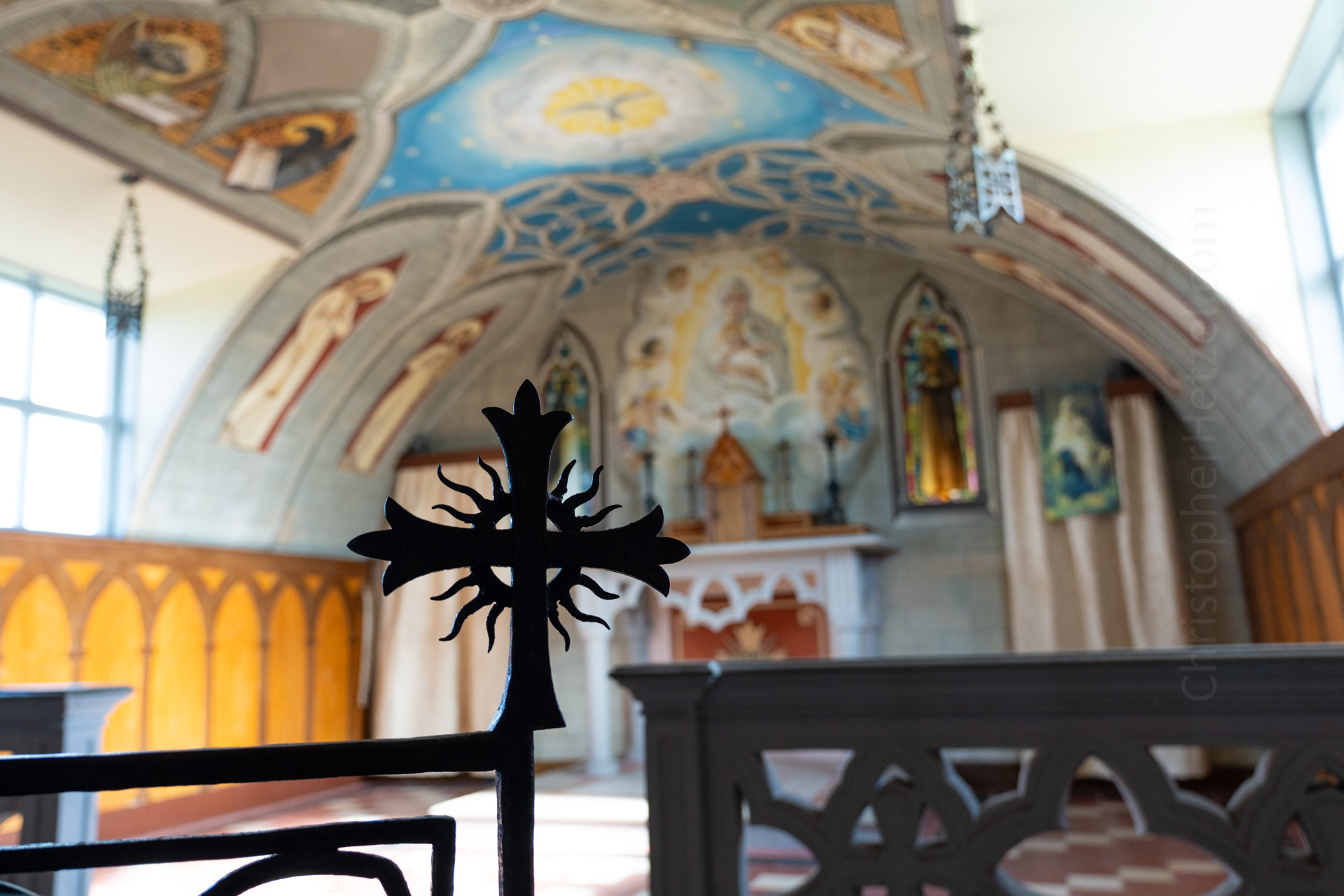
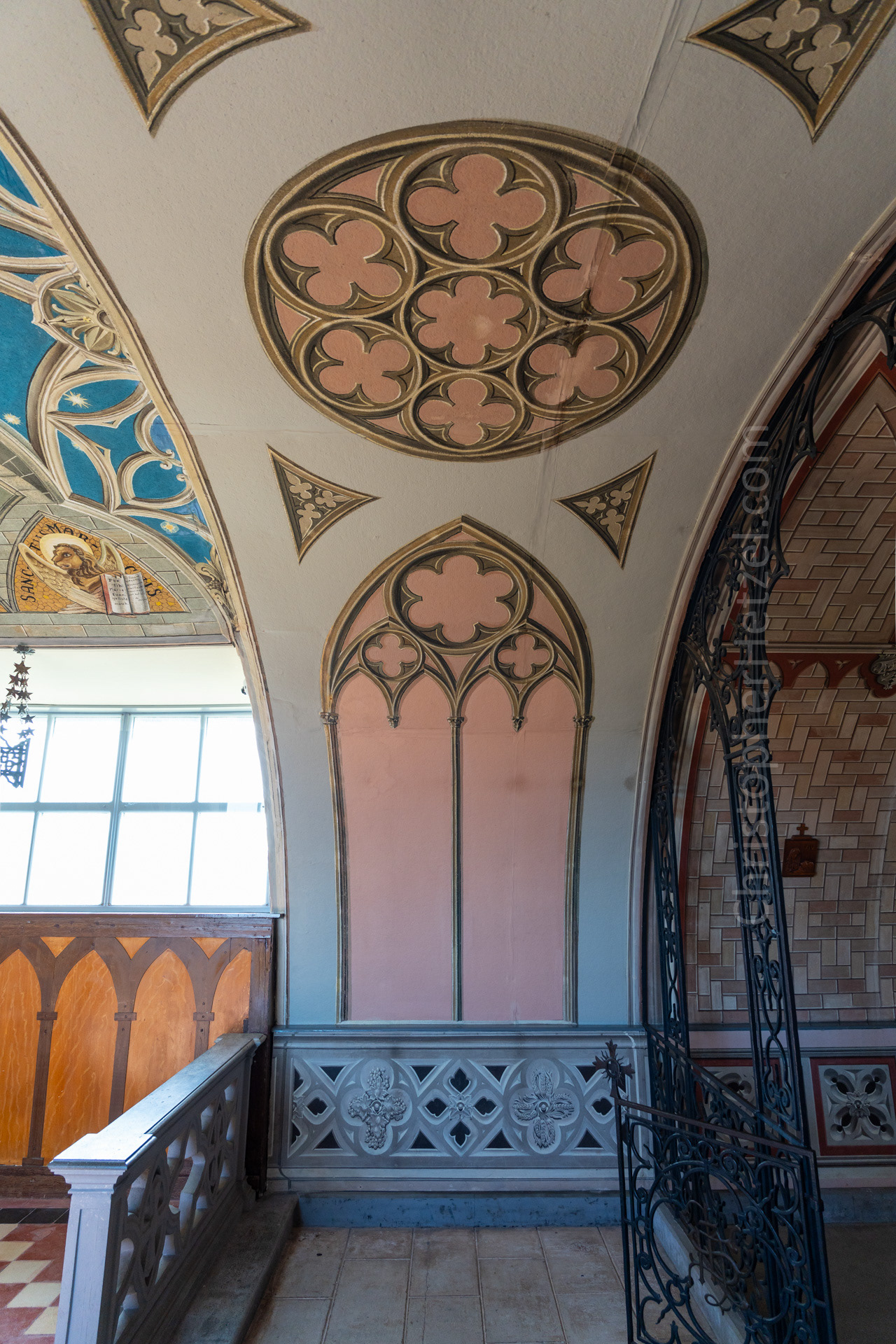


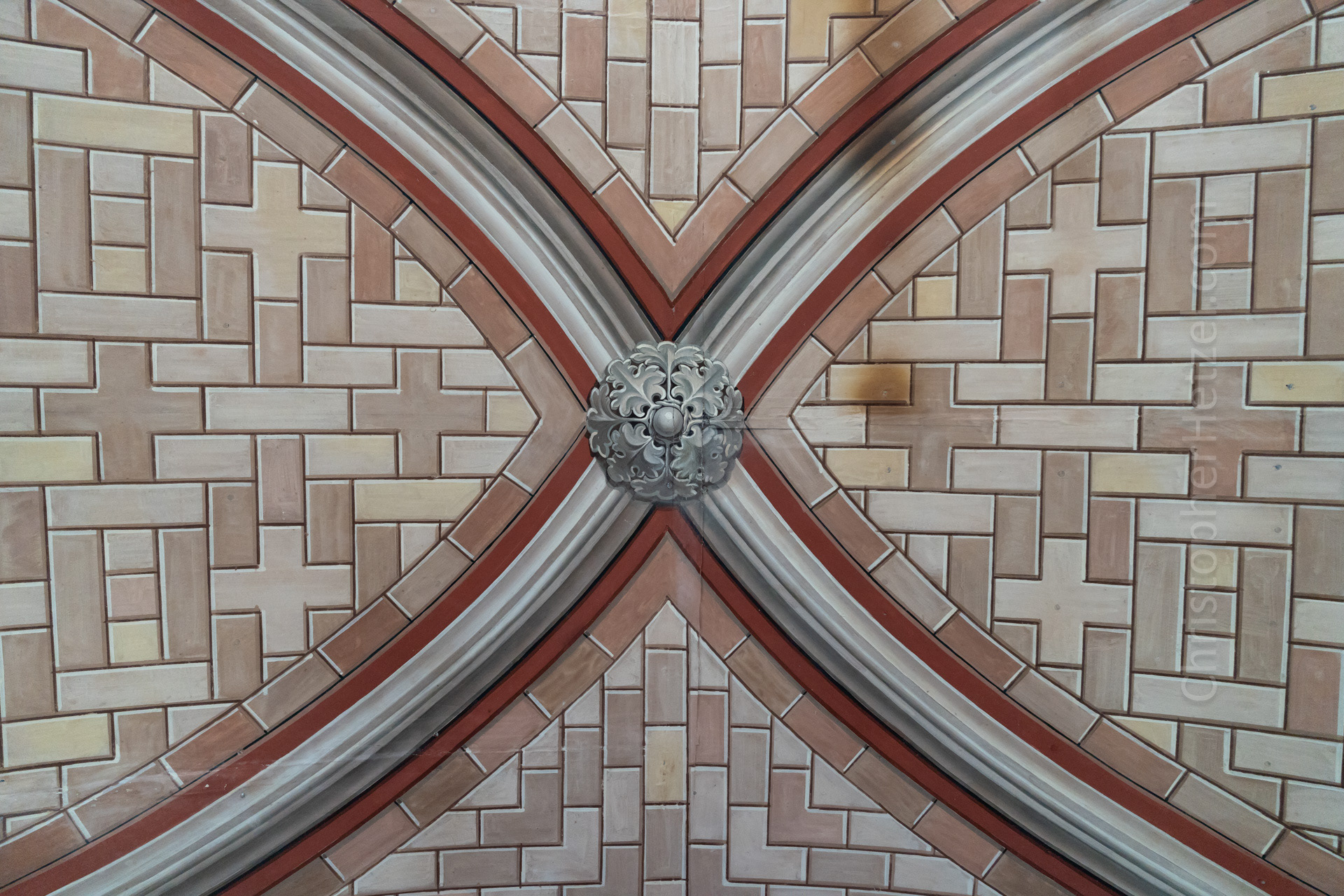
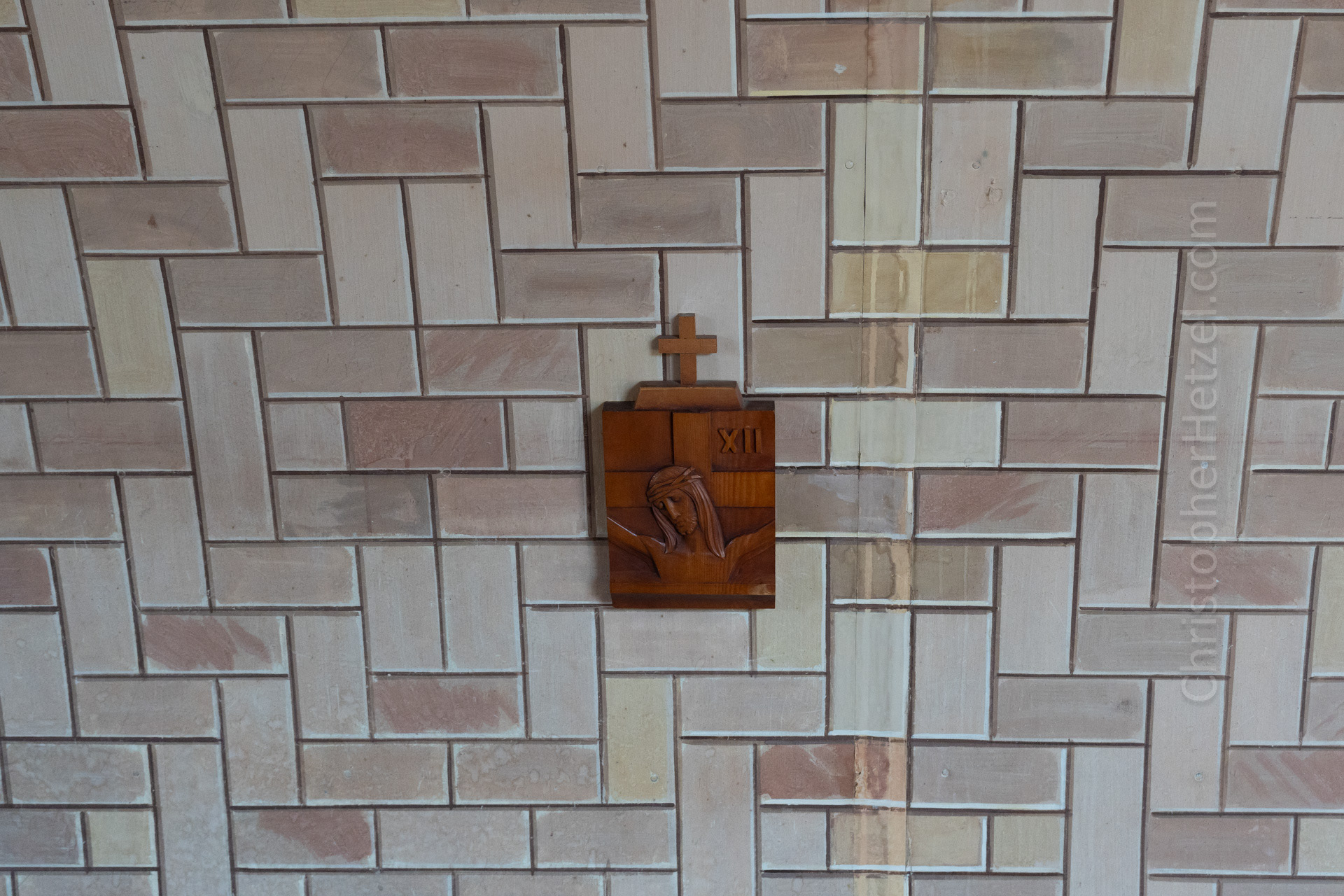
Small carvings were made to represent the 14 stations of the cross.
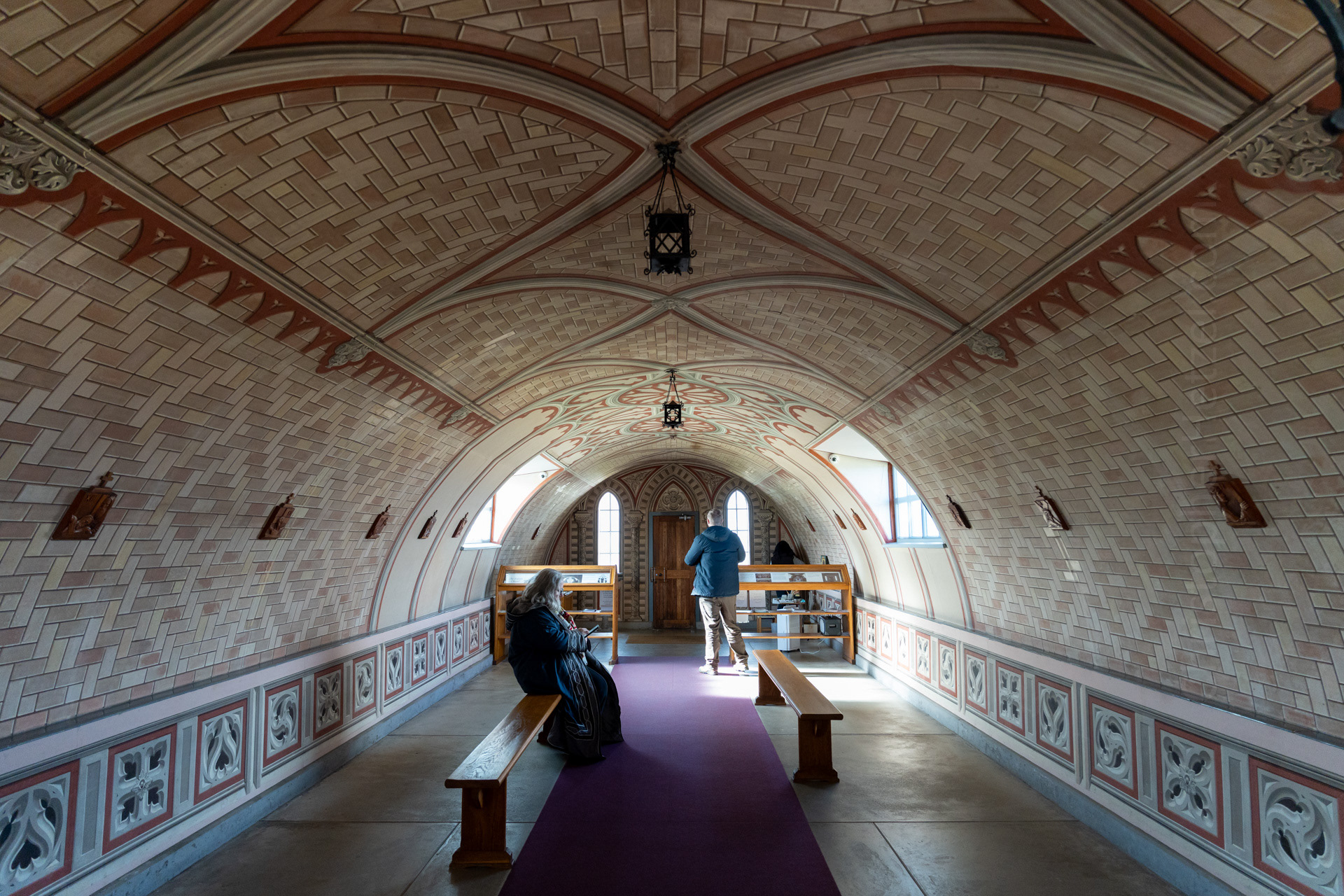
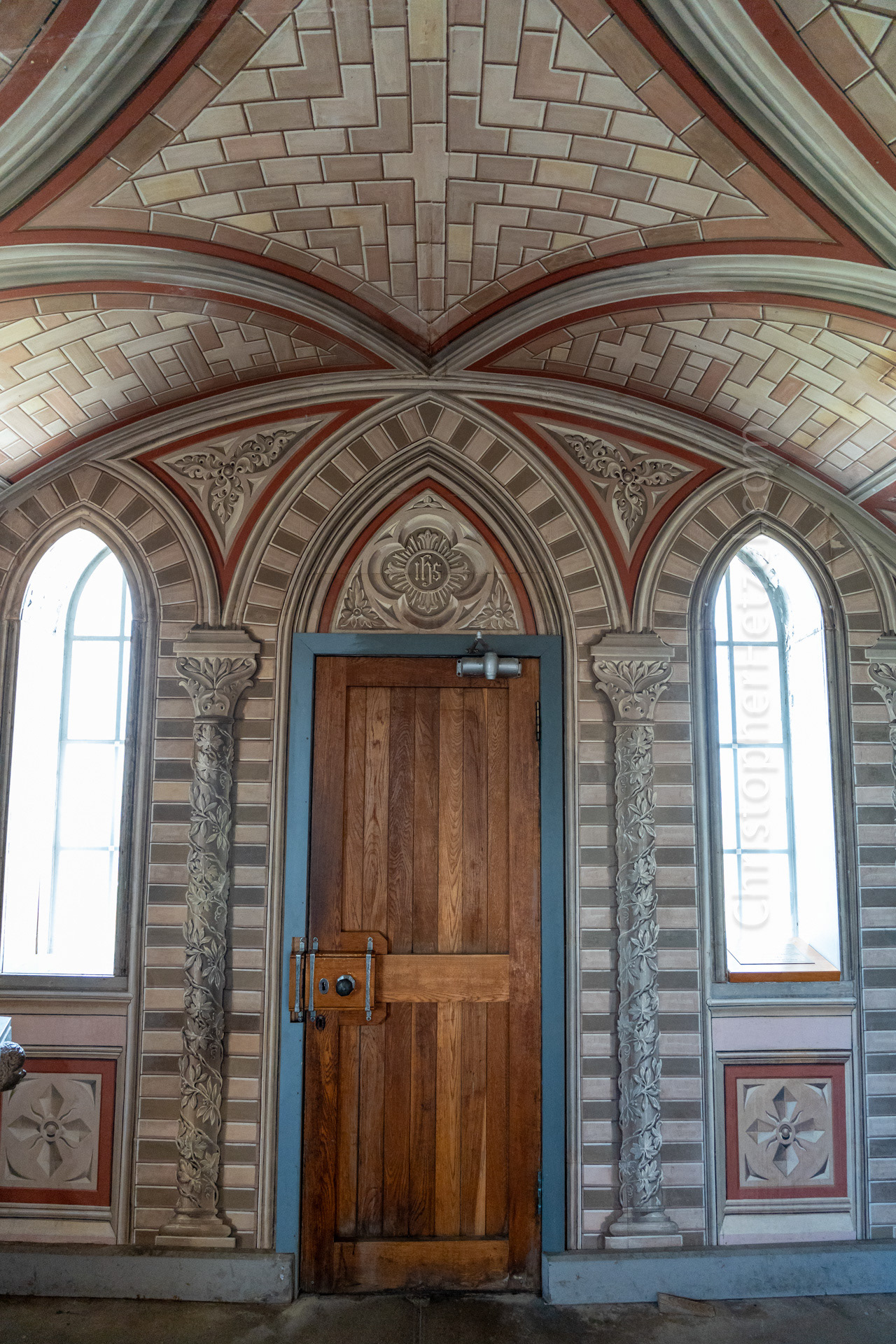
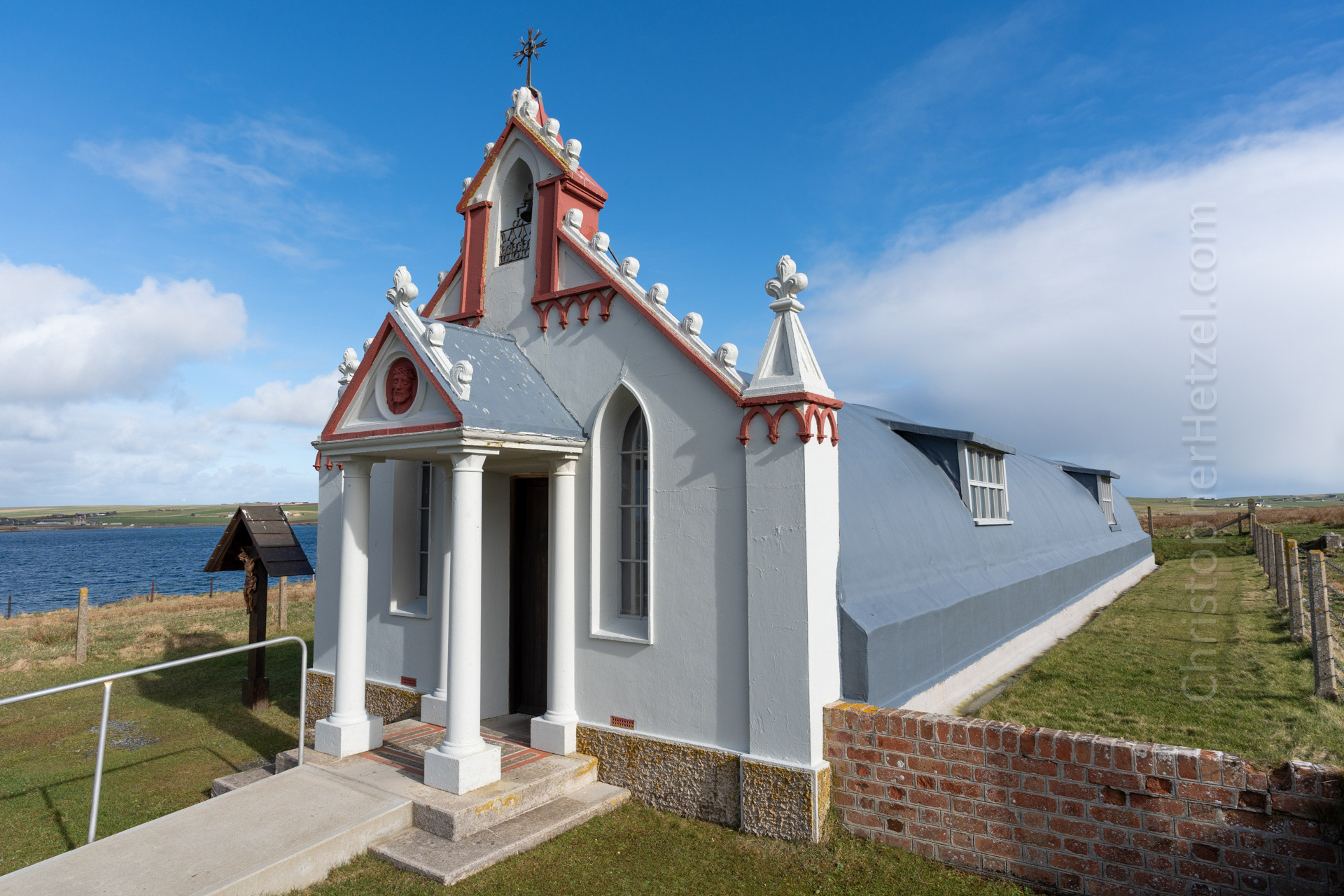
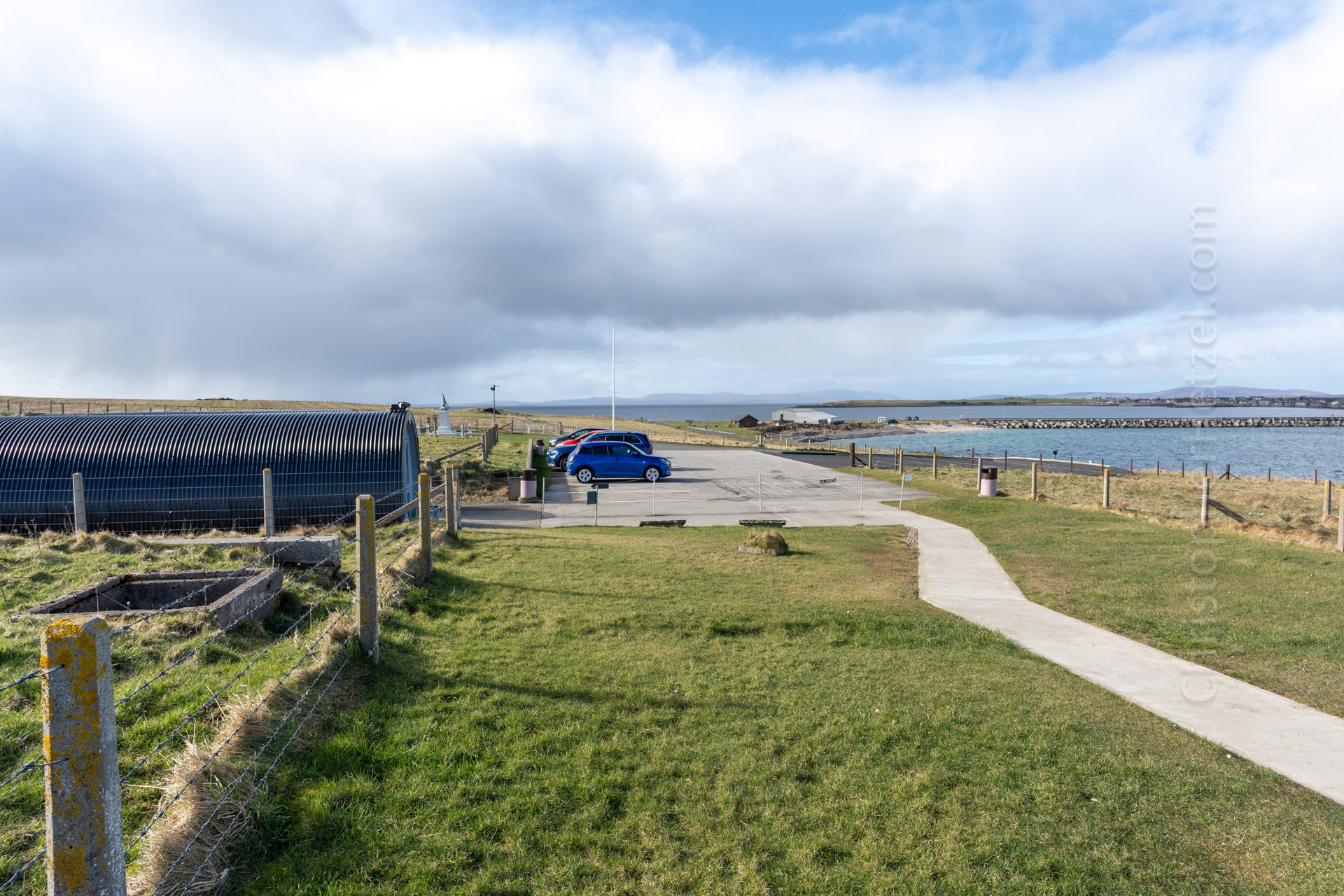
View from the chapel's front door. One of the Churchill Barrier's is visible in the water on the right.

Chapel in the background on the left; war memorial featuring a sculpture of St. George slaying the dragon on the right.
Return to Scotland


